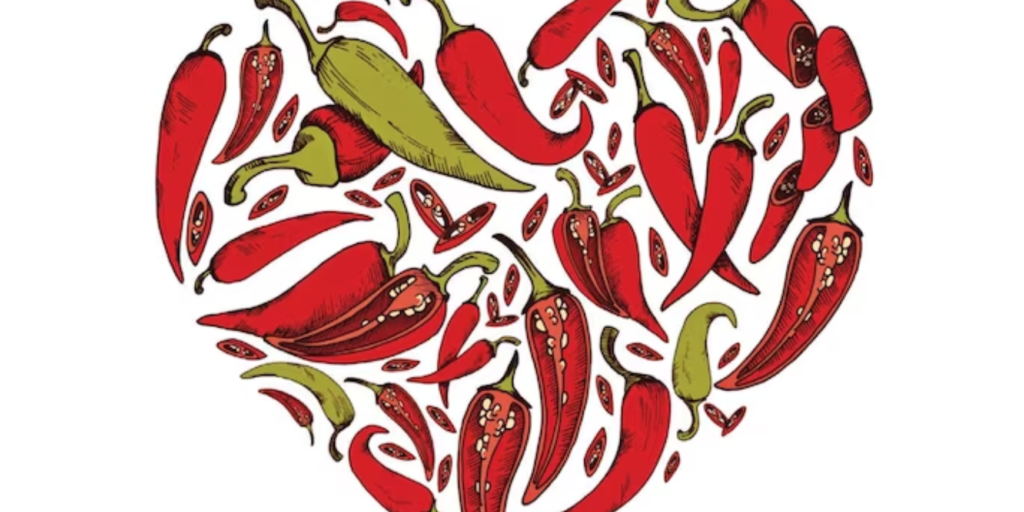Chillies, also known as chilli peppers or hot peppers, are fruits of the plants from the Capsicum genus. They are widely used in cooking to add heat and flavour to various dishes. Chillies are native to the Americas and have been cultivated for thousands of years.
The heat of chillies comes from a chemical compound called capsaicin, which is found in the white pith and seeds of the pepper. The concentration of capsaicin determines the level of heat in a chilli pepper. The Scoville scale is used to measure the spiciness of chillies, with higher Scoville units indicating a hotter pepper.
Apart from their spiciness, chillies also offer various health benefits. Capsaicin has been found to have pain-relieving properties and may help with conditions like arthritis and nerve pain. It may also boost metabolism and aid in weight loss. Chillies are a good source of vitamins A and C, as well as minerals like potassium and iron.
Different types of chillies vary in their heat levels, flavours, and culinary uses. Some popular varieties include jalapeno, habanero, serrano, cayenne, and Thai bird’s eye chillies. Each type has its unique characteristics and is used in specific cuisines worldwide.
Chillies are used in a wide range of dishes, including salsas, curries, stir-fries, and marinades. They can be consumed raw, cooked, dried, or powdered. It’s important to handle chillies with care, as capsaicin can cause a burning sensation on the skin and mucous membranes. Washing hands thoroughly after handling chillies is recommended, especially before touching sensitive areas like the eyes or face.
Chillies are flavorful fruits that add heat and spice to many cuisines. They contain capsaicin, which gives them their spiciness and offers potential health benefits. With their wide variety and versatility, chillies continue to be an integral part of culinary traditions worldwide.

